Home>Furniture>Outdoor Furniture>What Is A Flagstone Patio
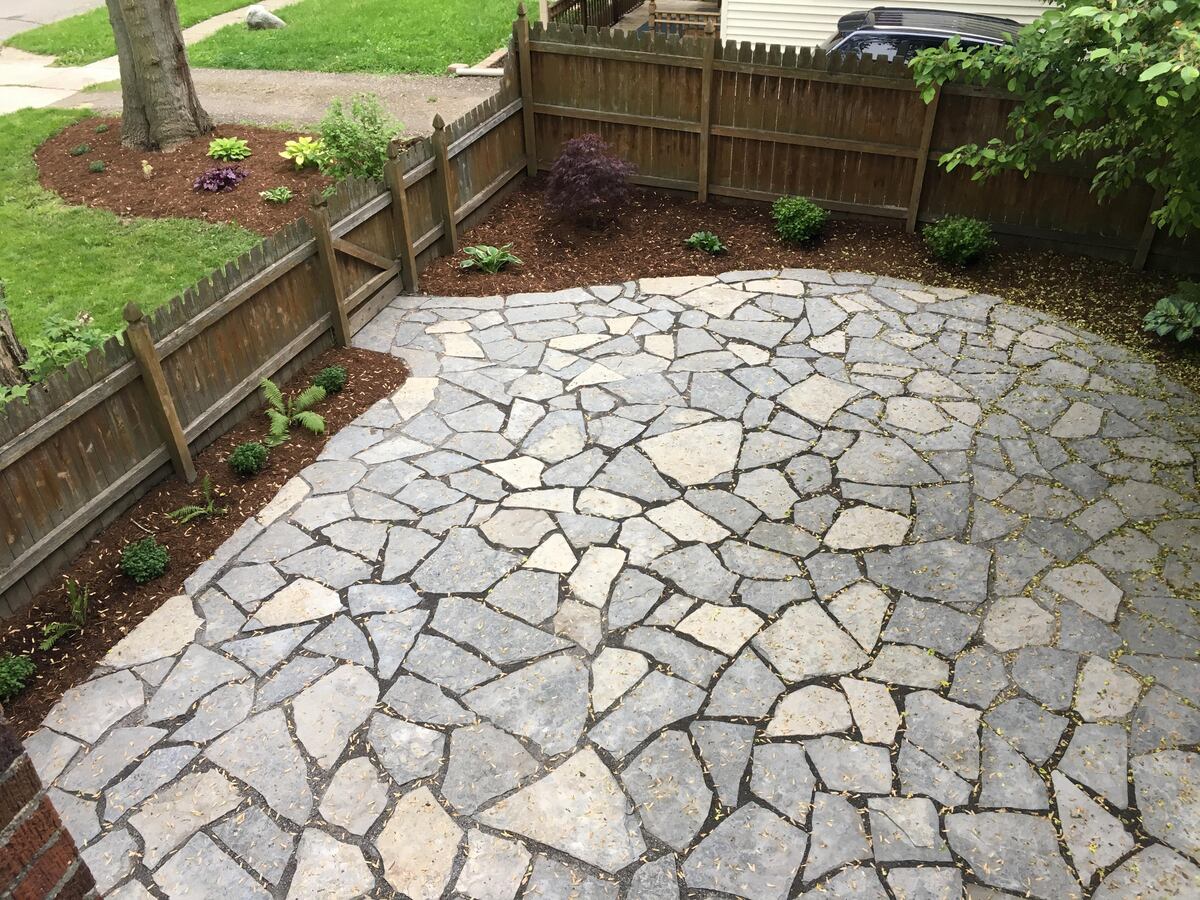

Outdoor Furniture
What Is A Flagstone Patio
Modified: March 7, 2024
Enhance your outdoor space with a stunning flagstone patio. Discover the perfect combination of style and durability with our selection of outdoor furniture.
(Many of the links in this article redirect to a specific reviewed product. Your purchase of these products through affiliate links helps to generate commission for Storables.com, at no extra cost. Learn more)
Introduction
Welcome to the world of outdoor living and the beauty of flagstone patios! If you’re looking to enhance your outdoor space with a versatile and timeless material, a flagstone patio might be the perfect choice. Flagstone is a popular option for creating functional and visually appealing outdoor surfaces, offering a natural and rustic charm that can transform any outdoor area into a stunning oasis.
But what exactly is flagstone? How can you incorporate it into your outdoor design? What are the benefits and potential drawbacks of using flagstone for your patio? In this article, we will explore the answers to these questions and guide you through everything you need to know about flagstone patios.
Flagstone is a type of sedimentary rock that is commonly used for building outdoor structures and paving. It is typically made up of layers of sand, silt, and other minerals that have been compacted over time. The result is a durable and natural-looking stone that comes in a variety of colors, shapes, and sizes.
One of the main advantages of flagstone is its versatility. This material can be used in a wide range of outdoor applications, including patios, pathways, pool decks, and even garden walls. Whether you’re aiming for a formal, elegant look or a more rustic and relaxed atmosphere, flagstone can be tailored to suit your design preferences.
Aside from its aesthetic appeal, flagstone also offers several practical benefits. First and foremost, its natural texture provides excellent grip and slip resistance, making it a safe option for outdoor surfaces. Additionally, flagstone is known for its ability to withstand harsh weather conditions, making it a durable and long-lasting choice for your patio.
However, it’s important to consider some potential drawbacks of flagstone patios as well. One of the main challenges is the installation process, which can be complex and labor-intensive. Proper preparation of the base and careful placement of the stones are crucial to ensure stability and longevity. Additionally, flagstone requires regular maintenance to keep it looking its best, including cleaning, sealing, and occasional repairs.
In the next sections of this article, we will delve deeper into the various types of flagstone available, the installation process, tips for maintenance, and innovative design ideas for your flagstone patio. So, let’s get started on this exciting journey and discover how flagstone can transform your outdoor space into a true masterpiece.
Key Takeaways:
- Flagstone patios offer timeless beauty and durability, making them a popular choice for outdoor spaces. With slip resistance, low maintenance, and natural charm, flagstone creates a stunning and safe oasis for outdoor living.
- Designing a flagstone patio provides endless possibilities, from natural mosaics to formal grids and vibrant accents. With careful installation and maintenance, flagstone can transform your outdoor space into a unique and inviting retreat.
Read more: How To Grout Flagstone Patio
Definition of Flagstone
Flagstone refers to a type of sedimentary rock that is commonly used for paving outdoor surfaces. It is characterized by its natural flat shape and irregular edges, which give it a unique and rustic appearance. The term “flagstone” is derived from the Old Norse word “flaga,” meaning slab or fragment.
Flagstone is typically composed of various layers of sand, silt, and other rock particles that have been compacted over time. This natural sedimentation process creates distinct layers within the stone, resulting in its unique color variations and texture. The most common colors of flagstone include shades of gray, brown, red, and blue, although it can also be found in other hues depending on the specific geology of the region.
Flagstone is renowned for its versatility and durability, making it an ideal choice for outdoor applications such as patios, walkways, and pool decks. Its flat and irregular shape allows for creative and visually appealing designs, while its natural texture provides excellent slip resistance, making it a safe choice for high-traffic areas.
When it comes to choosing flagstone for your outdoor project, you’ll find a wide range of options available. The stone can be sourced from different geological formations, each with its own unique characteristics. Some popular types of flagstone include Sandstone, Limestone, Slate, and Quartzite.
Sandstone flagstone is known for its warm hues and earthy tones. It is formed from sand grains that have been compacted and cemented together over millions of years. Limestone flagstone, on the other hand, offers a more subtle and elegant appearance, with its soft color palette and smooth texture. Slate flagstone is prized for its stunning natural clefts and vibrant colors, ranging from deep blues to rich earthy tones. Quartzite flagstone is renowned for its durability and resistance to heat and cold, making it a popular choice for outdoor spaces.
Overall, flagstone is a versatile and visually appealing material that adds character and charm to any outdoor space. Its natural beauty, durability, and unique texture make it a sought-after choice for homeowners and landscape designers alike. Whether you’re aiming for a traditional, rustic look or a more contemporary design, flagstone provides endless possibilities to create a stunning outdoor area that reflects your personal style.
Uses of Flagstone
Flagstone is a versatile material that can be used in a variety of outdoor applications. Its natural beauty, durability, and unique texture make it a popular choice for homeowners and landscape designers. Here are some of the common uses of flagstone:
- Patios: One of the most popular uses of flagstone is for creating patio areas. Flagstone offers a natural and rustic look that enhances the overall aesthetic of an outdoor space. Whether you prefer a formal or a more relaxed setting, flagstone can be used to create a stunning patio design that complements your style.
- Pathways and Walkways: Flagstone can be used to create pathways and walkways throughout your outdoor area. Its flat and irregular shape adds visual interest and allows for creative designs. It provides a stable and durable surface for walking, making it an excellent choice for high-traffic areas.
- Pool Decks: Flagstone is an ideal material for pool decks due to its slip-resistant nature. Its natural texture provides good traction, making it safer around the pool. Additionally, flagstone remains cool to the touch even in hot weather, making it comfortable for bare feet.
- Garden Borders and Edging: Flagstone can be used to create borders and edging around garden beds, flower patches, and other landscaping features. Its natural and rustic appearance adds a touch of elegance to the garden, while its durability ensures that it will withstand the test of time.
- Stepping Stones: For a unique and whimsical touch to your garden, you can use flagstone as stepping stones. These can be strategically placed to create pathways through grassy areas or to provide access to specific parts of your garden. Flagstone stepping stones add charm and visual interest to the landscape.
- Fire Pits and Outdoor Fireplaces: Flagstone is a great choice for building fire pits and outdoor fireplaces. Its heat-resistant properties make it suitable for withstanding high temperatures, and its natural beauty adds a rustic and inviting ambiance to the outdoor living space.
- Retaining Walls: Flagstone can be used to construct retaining walls, which are not only functional but also add visual appeal to the landscape. With its natural colors and irregular shapes, flagstone retaining walls can blend seamlessly into the surroundings, enhancing the overall aesthetic of the outdoor area.
These are just a few examples of the many uses of flagstone in outdoor design. Whether you’re creating a cozy patio, a stunning garden path, or a breathtaking pool deck, flagstone offers endless possibilities to enhance the beauty and functionality of your outdoor space.
Advantages of Flagstone Patios
Flagstone patios have become a popular choice among homeowners and landscape designers for many reasons. Here are some of the main advantages of using flagstone for your patio:
- Natural Beauty: Flagstone’s natural appearance and unique texture add a touch of elegance and charm to any outdoor space. The stone’s earthy tones, color variations, and irregular shapes create a visually appealing patio that blends seamlessly with its surroundings.
- Design Versatility: Flagstone offers endless design possibilities for your patio. It can be laid in various patterns, such as a random mosaic, a formal grid, or a herringbone pattern. Different colors and sizes of flagstone can be combined to create intricate designs or a more simple and clean look, allowing you to customize your patio to suit your personal style.
- Durability: Flagstone is a durable material that can withstand the test of time. It can handle heavy foot traffic, making it suitable for high-traffic areas like patios. It is also resistant to weather elements, including freezing and thawing cycles, which makes it ideal for outdoor use in various climates.
- Slip Resistance: One of the main advantages of flagstone is its natural slip resistance. The stone’s textured surface provides excellent grip, making it a safe option for outdoor surfaces. This is particularly important for patios, where people often walk in bare feet or with wet shoes.
- Cool Surface: Flagstone remains relatively cool even in hot weather. This makes it more comfortable to walk on, especially during summer months when other paving materials can become uncomfortably hot. With a flagstone patio, you can enjoy the outdoors without worrying about burning your feet.
- Low Maintenance: Flagstone patios require minimal maintenance. Regular sweeping and occasional rinsing with water are usually sufficient to keep the surface clean. Additionally, flagstone is resistant to stains, ensuring that your patio will maintain its beauty over time.
- Environmentally Friendly: Flagstone is a natural and environmentally friendly material. It is typically quarried locally, reducing the carbon footprint associated with transportation. Additionally, flagstone is a long-lasting material, which means less waste in the long run compared to other, less durable materials.
With all of these advantages, it’s no wonder that flagstone is a popular choice for patios. Its natural beauty, durability, and low maintenance requirements make it an excellent investment that will enhance your outdoor living space for years to come.
Disadvantages of Flagstone Patios
While there are many advantages to using flagstone for your patio, it’s important to be aware of the potential disadvantages as well. Here are some of the main challenges associated with flagstone patios:
- Installation Complexity: Installing a flagstone patio can be a complex and labor-intensive process. Proper site preparation is essential, including compacting the base and ensuring proper drainage. The irregular shape of flagstone requires careful placement and fitting to ensure stability and a level surface. It is recommended to hire a professional with experience in flagstone installation to ensure a successful outcome.
- Cost: Flagstone can be more expensive than other paving materials such as concrete or pavers. The cost can vary depending on factors such as the type of flagstone, its color and size, and the complexity of the installation. While the initial investment may be higher, it is important to consider the long-term durability and aesthetic value that flagstone provides.
- Maintenance Requirements: While flagstone patios are generally low maintenance, they do require some attention to keep them looking their best. Regular sweeping and occasional rinsing with water are usually sufficient. However, depending on the type of flagstone and its location, periodic sealing may be necessary to protect the stone from staining and to enhance its longevity. Failure to properly maintain the patio may result in the growth of moss or mildew.
- Uneven Surface: The irregular shape and natural texture of flagstone can create an uneven surface. While this adds to the charm and rustic appeal of the patio, it can be challenging for some individuals, particularly those with mobility issues or difficulty walking on uneven surfaces. It is important to consider this factor when designing and using a flagstone patio.
- Weather Sensitivity: Flagstone can be affected by extreme weather conditions, particularly freezing and thawing cycles. In colder climates, water seeping into the surface of the stone can freeze and expand, potentially causing cracks or damage. Proper installation and maintenance, including sealing to prevent water infiltration, can help mitigate this risk.
- Limited Color Options: While flagstone comes in a range of natural colors, the options may be more limited compared to other paving materials that can be manufactured or stained to achieve a specific color. This may restrict the design possibilities for those seeking specific color schemes or preferences.
Despite these potential disadvantages, flagstone patios remain a popular choice for homeowners who value the natural beauty, durability, and timeless appeal that this material provides. Understanding and addressing these challenges can help you make an informed decision and ensure the long-term success of your flagstone patio.
When installing a flagstone patio, make sure to use a sturdy base of compacted gravel and sand to prevent shifting and settling. This will ensure a long-lasting and stable patio surface.
Read more: How To Repair A Flagstone Patio
Types of Flagstone
Flagstone comes in various types, each with its own unique characteristics and aesthetic appeal. The choice of flagstone depends on factors such as color preference, durability, and the overall design vision for your outdoor space. Here are some common types of flagstone:
- Sandstone: Sandstone flagstone is a popular choice due to its warm colors and natural beauty. It is composed of sand grains that have been compacted and cemented together over time. Sandstone can range in color from light beige and golden tones to rich reds and rusty browns. It offers a natural, rustic look that pairs well with various outdoor settings.
- Limestone: Limestone flagstone is known for its elegant and subtle appearance. It features soft and muted colors, including shades of gray, cream, beige, and blue. Limestone offers a smoother texture compared to other types of flagstone, giving it a refined and sophisticated look. It is a versatile option that can complement a range of architectural styles.
- Slate: Slate flagstone is renowned for its stunning natural clefts and vibrant colors. It is available in a wide range of shades, including deep blues, greens, purples, and earthy tones. Slate’s unique texture and color variations create a visually dynamic surface that can add a dramatic touch to your outdoor space. This type of flagstone is often used to create a more contemporary or modern look.
- Quartzite: Quartzite flagstone is highly prized for its durability and resistance to heat and cold. It is formed from sandstone that has been subjected to extreme heat and pressure, resulting in a dense and durable stone. Quartzite flagstone is available in various colors, including whites, grays, and earthy tones. It provides a sleek and modern look, making it suitable for contemporary outdoor designs.
- Bluestone: Bluestone, also known as basalt or slate bluestone, is a type of flagstone that is characterized by its blue-gray hue. It has a uniform texture and often features natural clefts, giving it a rustic and textured appearance. Bluestone is commonly used in areas with a more traditional or rustic aesthetic, as it evokes a sense of nostalgia and old-world charm.
It’s important to note that the availability of these types of flagstone may vary depending on the region and local quarries. Some areas may have specific types of flagstone that are specific to their geological formations.
When choosing the type of flagstone for your patio, consider factors such as the overall style and theme of your outdoor space, as well as the desired color palette. It’s also important to verify the durability and suitability of the type of flagstone for your specific climate and intended use.
By carefully selecting the type of flagstone that suits your needs and preferences, you can create a beautiful and functional outdoor space that will stand the test of time.
How to Install a Flagstone Patio
Installing a flagstone patio can be a challenging but rewarding DIY project. Here are the general steps to guide you through the installation process:
- Plan and Design: Start by planning the layout and design of your patio. Measure the area where you want the patio and determine the size and shape of the patio. Consider factors such as drainage, access points, and any existing structures or landscaping features that need to be worked around.
- Prepare the Area: Clear the area of any vegetation and debris. Dig up the soil to a depth of about 6-8 inches to make space for the base material and the thickness of the flagstones. Ensure the surface is level and compact the soil using a tamper or plate compactor.
- Install the Base: Spread a layer of crushed stone or gravel over the excavated area to create a stable base. Compact the base with a tamper or compactor to ensure it is firm and even. This base layer will provide proper drainage and stability for the flagstones.
- Add a Layer of Sand: Spread a layer of sand over the compacted base. This layer will help level the surface further and provide a cushion for the flagstones. Use a screed board or a level to ensure the sand is evenly distributed and at the desired height.
- Place the Flagstones: Carefully place the flagstones on top of the sand, starting from one corner or edge and working your way outwards. Use a combination of larger and smaller stones to create a visually appealing pattern. Leave small gaps between the stones for jointing material.
- Secure the Flagstones: Once the flagstones are in place, gently tap them with a rubber mallet to ensure they are level and firmly set in the sand. Use a level to check the evenness of the stones. Adjust as necessary by adding or removing sand underneath.
- Fill the Gaps: Fill the gaps between the flagstones with jointing material such as fine sand or polymeric sand. Use a broom to sweep the material into the gaps and then lightly mist the area with water to activate the binding properties of the jointing material. Repeat this process until the gaps are completely filled.
- Finalize the Edges: Use additional stones or edging materials to create a defined edge for your patio. This will help to contain the flagstones and provide a finishing touch to the overall design. Secure the edging materials in place with landscape spikes or adhesive, depending on the type of edging used.
- Allow for Settling: After completing the installation, allow the patio to settle for a few days or weeks before frequent use. This will help to ensure the stability of the flagstones and prevent any shifting or movement in the future.
It’s important to note that the specific steps and materials required for installing a flagstone patio may vary depending on factors such as the size and complexity of the project, as well as the local climate and soil conditions. It is always recommended to consult local building codes and regulations and, if needed, seek professional assistance to ensure a successful and long-lasting installation.
Maintenance of Flagstone Patios
Proper maintenance is essential to keep your flagstone patio looking its best and ensure its longevity. With the right care, your flagstone patio can withstand the test of time and continue to enhance your outdoor space. Here are some key maintenance tips:
- Cleaning: Regular cleaning is important to remove dirt, leaves, and debris that can accumulate on the surface of the flagstone. Use a broom or leaf blower to sweep away loose debris. For a deeper clean, you can use a mild detergent mixed with water and scrub the surface with a soft brush. Rinse thoroughly with water to remove any residue.
- Sealing: Sealing your flagstone patio is recommended to protect it from stains, moisture penetration, and fading due to UV exposure. It also enhances the natural colors and texture of the stone. Consider using a penetrating sealer that allows the stone to breathe while providing a protective barrier. Follow the manufacturer’s instructions for application and reapplication as needed, typically every few years.
- Removing Stains: If your flagstone patio develops stains, it is important to address them promptly. Organic stains like moss or algae can be removed with a mixture of water and mild household bleach. Apply the solution to the affected area, scrub gently, and rinse thoroughly. For oil or grease stains, use an oil stain remover specifically designed for flagstone surfaces.
- Preventing Weed Growth: Regularly inspect your flagstone patio for any signs of weed growth between the stones. Pull out any weeds by hand or use a weed control product specifically formulated for use on hardscapes. Additionally, properly installed and maintained jointing material, such as polymeric sand, can help inhibit weed growth.
- Preventing Damage from Freezing and Thawing: In regions with cold climates, water can seep into the pores of the flagstone and freeze, leading to potential cracking or damage. To minimize this risk, ensure proper drainage and avoid using de-icing salts on the patio. Use an ice melt product specifically designed for use on stone surfaces if necessary.
- Repairing Damaged Stones: Over time, individual flagstones may crack, chip, or become loose. If a stone is damaged, it can be replaced with a new one that matches the existing pattern and color. Carefully remove the damaged stone, clean the area, and install the new stone following the same process as the initial installation.
- Regular Inspections: Periodically inspect your flagstone patio for any signs of damage, such as cracks or unevenness. Addressing issues early on can prevent further damage and ensure the longevity of your patio. Also, check for any jointing material that may have eroded and consider replenishing it to maintain a stable and consistent surface.
Remember to always follow the manufacturer’s recommendations and consult with professionals if you are unsure about any maintenance tasks. By taking care of your flagstone patio, you can enjoy its natural beauty and durability for many years to come.
Design Ideas for Flagstone Patios
When it comes to designing a flagstone patio, the possibilities are endless. Whether you prefer a traditional, rustic look or a more modern and contemporary design, flagstone offers versatility and natural beauty to enhance your outdoor space. Here are some design ideas to inspire your flagstone patio:
- Natural Mosaic: Create a beautiful, random mosaic pattern using flagstones of different sizes, colors, and shapes. This organic arrangement gives your patio a natural and eclectic look, perfect for blending with a lush garden or natural landscape.
- Formal Grid: For a more formal and structured aesthetic, opt for a grid pattern with evenly spaced flagstones. This design creates a clean and organized look, suitable for a contemporary or minimalist outdoor space.
- Curved Pathway: Use flagstones to create curved or meandering pathways within your patio area. Curves soften the overall design and can create a more inviting and flowing space. This design works beautifully if you have a large patio with multiple seating areas or if you want to highlight specific features in your outdoor space.
- Mix of Materials: Combine flagstone with other materials, such as concrete, pavers, or wood, to create interesting textures and contrasts. For example, a border of pavers or a concrete patio surrounded by flagstones can create a striking visual impact. Mixing materials allows you to incorporate different elements and design styles into your outdoor space.
- Water Features: Incorporate a water feature, such as a fountain or a small pond, into your flagstone patio design. The natural beauty of flagstone acts as a perfect backdrop for the calming sound and visual appeal of water. This addition creates a serene and relaxing environment for your outdoor space.
- Fire Pit Centerpiece: Create a focal point in your patio by installing a flagstone fire pit or a fire table in the center. The warmth and ambiance of a fire pit can extend your outdoor living season and provide a cozy gathering spot for family and friends. Surround the fire pit with complementary seating options, such as built-in benches or cozy outdoor chairs.
- Outdoor Dining Area: Design a designated outdoor dining area within your flagstone patio. Set the space apart with a pergola or a canopy for shade, and choose a large rectangular or circular flagstone pattern to define the dining area. Add a dining table and chairs for comfortable and stylish outdoor dining experiences.
- Outdoor Kitchen and Bar: Extend your living and entertaining space by incorporating an outdoor kitchen or bar into your flagstone patio design. Use flagstone for countertops and backsplashes to create a seamless and cohesive look. Add built-in appliances, such as a grill, sink, and refrigerator, to create a fully functional outdoor cooking and entertaining area.
- Layered Steps and Planters: If your patio includes changes in elevation, use flagstone to create layered steps and planters. This design adds depth and visual interest to your patio while providing a functional and attractive way to navigate different areas or levels within your outdoor space.
- Colorful Accents: Use vibrant plants, colorful outdoor furniture, and decorative elements to add pops of color to your flagstone patio. Bright flowers, throw pillows, and outdoor rugs can create a cheerful and inviting atmosphere, especially in a neutral-colored flagstone patio.
The key to designing a flagstone patio is to find a balance between aesthetics and functionality, ensuring that the patio reflects your personal style and meets your outdoor living needs. Don’t be afraid to experiment with different patterns, materials, and accessories to create a unique and inviting space that you can enjoy for years to come.
Read more: How Much Does Flagstone Patio Cost
Conclusion
Flagstone patios offer a timeless and natural beauty that can transform your outdoor space into a stunning oasis. With its versatile design options and durability, flagstone is a popular choice among homeowners and landscape designers. Throughout this article, we have explored the definition of flagstone, its uses, advantages, and potential drawbacks. We have also discussed the different types of flagstone available, the process of installing a flagstone patio, essential maintenance tips, and various design ideas to inspire your outdoor space.
Flagstone provides a wide range of benefits for your patio. Its natural beauty, slip resistance, and cool surface make it safe and comfortable for outdoor living. Additionally, its durability and resistance to harsh weather conditions ensure a long-lasting investment. While flagstone patios may require some initial effort for installation and regular maintenance, the stunning and enduring results are well worth it.
When it comes to designing your flagstone patio, the options are limitless. You can create unique patterns and incorporate other materials to achieve the desired aesthetic. Whether you envision a rustic, formal, or contemporary look, flagstone can be adapted to suit your style and preferences.
Remember to take into account the local climate and specific installation techniques to ensure the best results. If you’re unsure or lack experience, consulting with professionals can help you navigate the installation process and provide valuable guidance.
In conclusion, a flagstone patio adds charm, beauty, and functionality to your outdoor space. It becomes a focal point for relaxation, entertaining, and enjoying nature. By properly maintaining your flagstone patio and periodically refreshing its design, you can continue to create an inviting oasis that enhances your overall outdoor living experience.
So, embrace the natural beauty of flagstone and let it become the foundation for your dream outdoor retreat. Create lasting memories as you bask in the beauty and tranquility of your flagstone patio, a true masterpiece in your own backyard.
Frequently Asked Questions about What Is A Flagstone Patio
Was this page helpful?
At Storables.com, we guarantee accurate and reliable information. Our content, validated by Expert Board Contributors, is crafted following stringent Editorial Policies. We're committed to providing you with well-researched, expert-backed insights for all your informational needs.
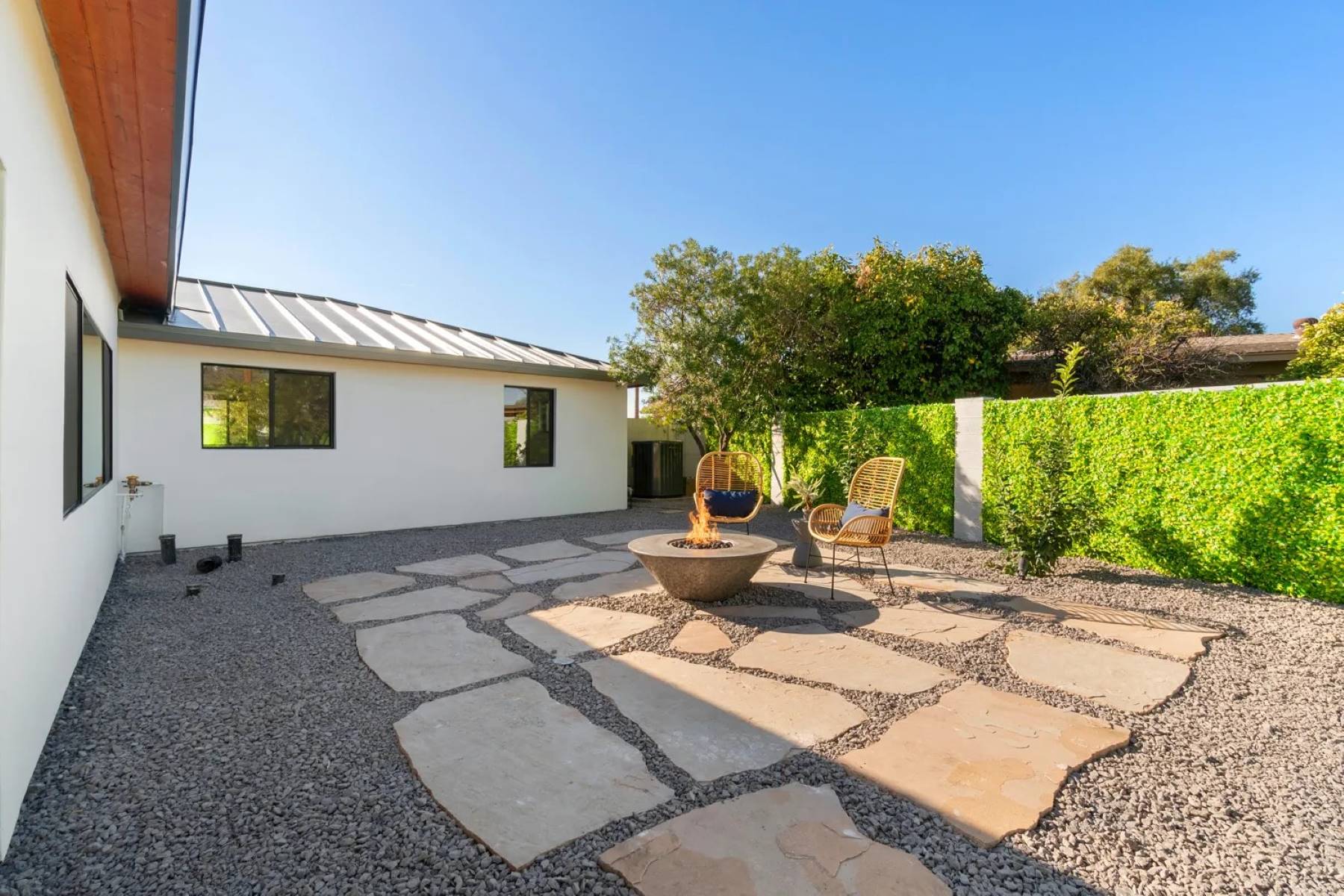
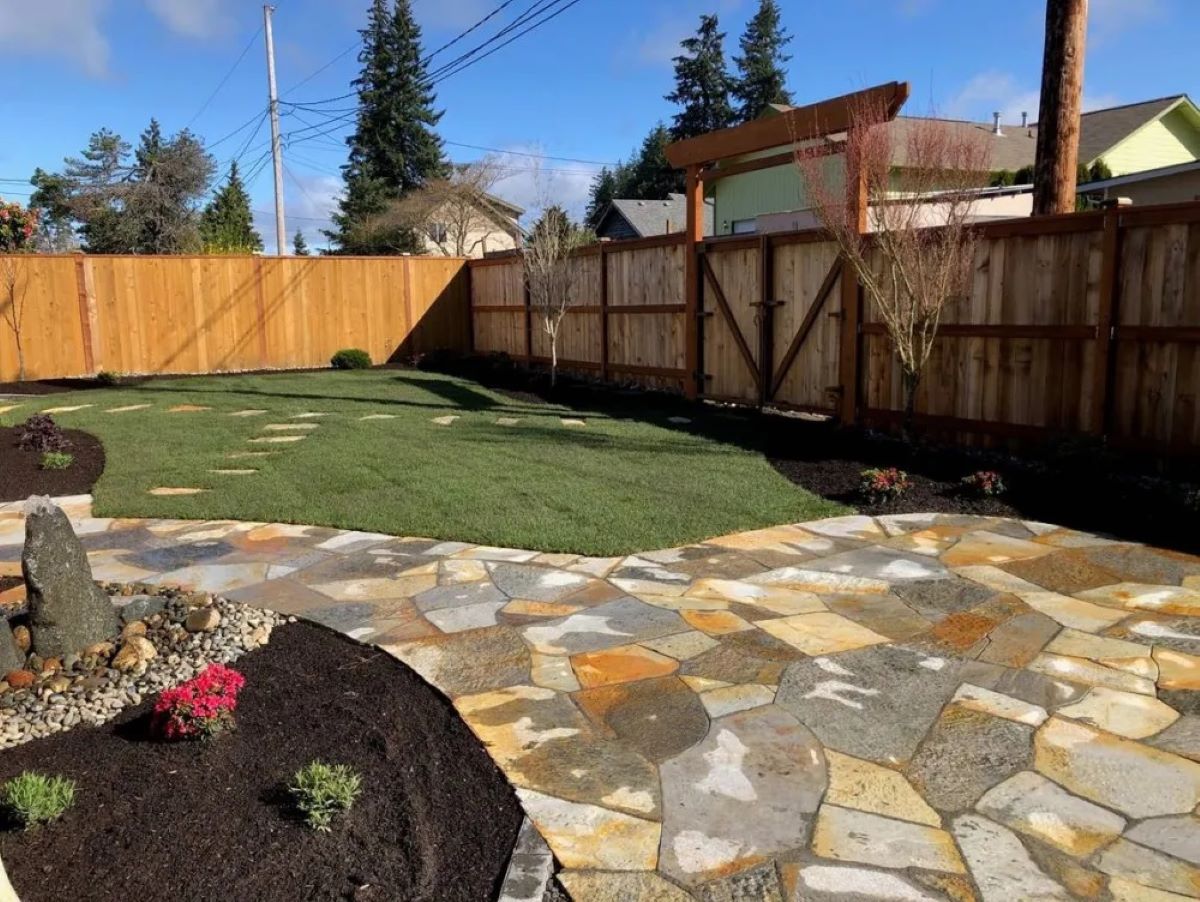
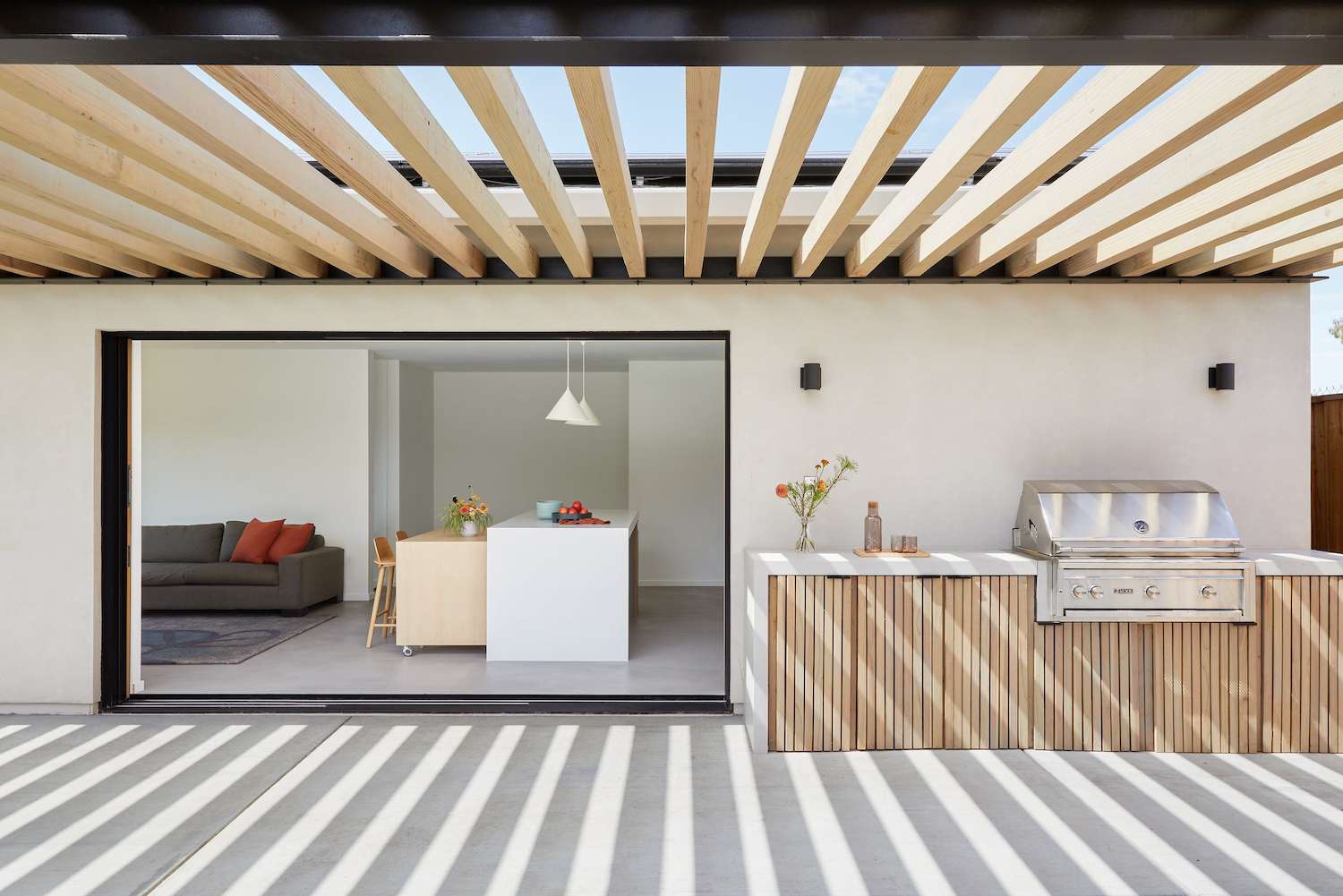
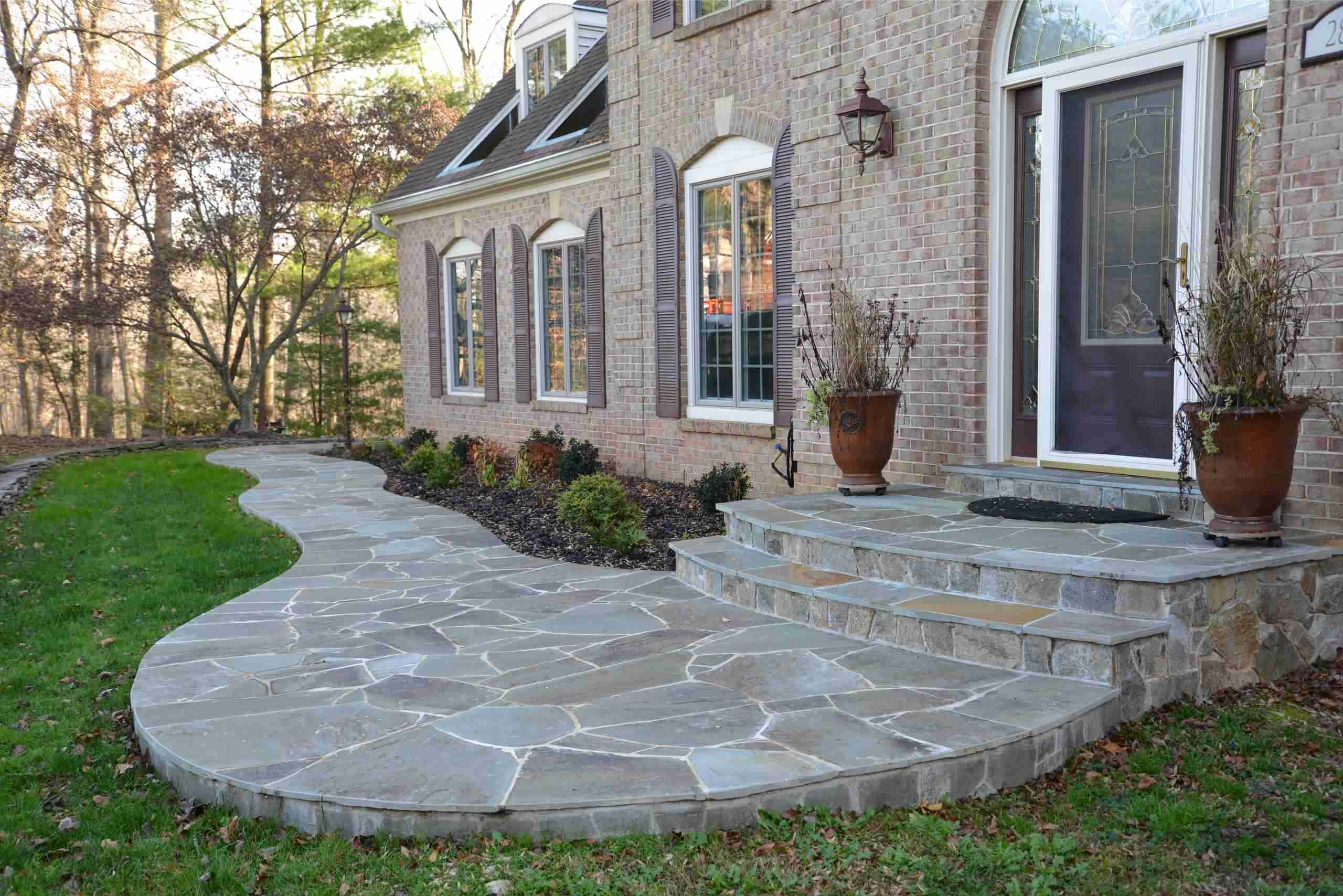
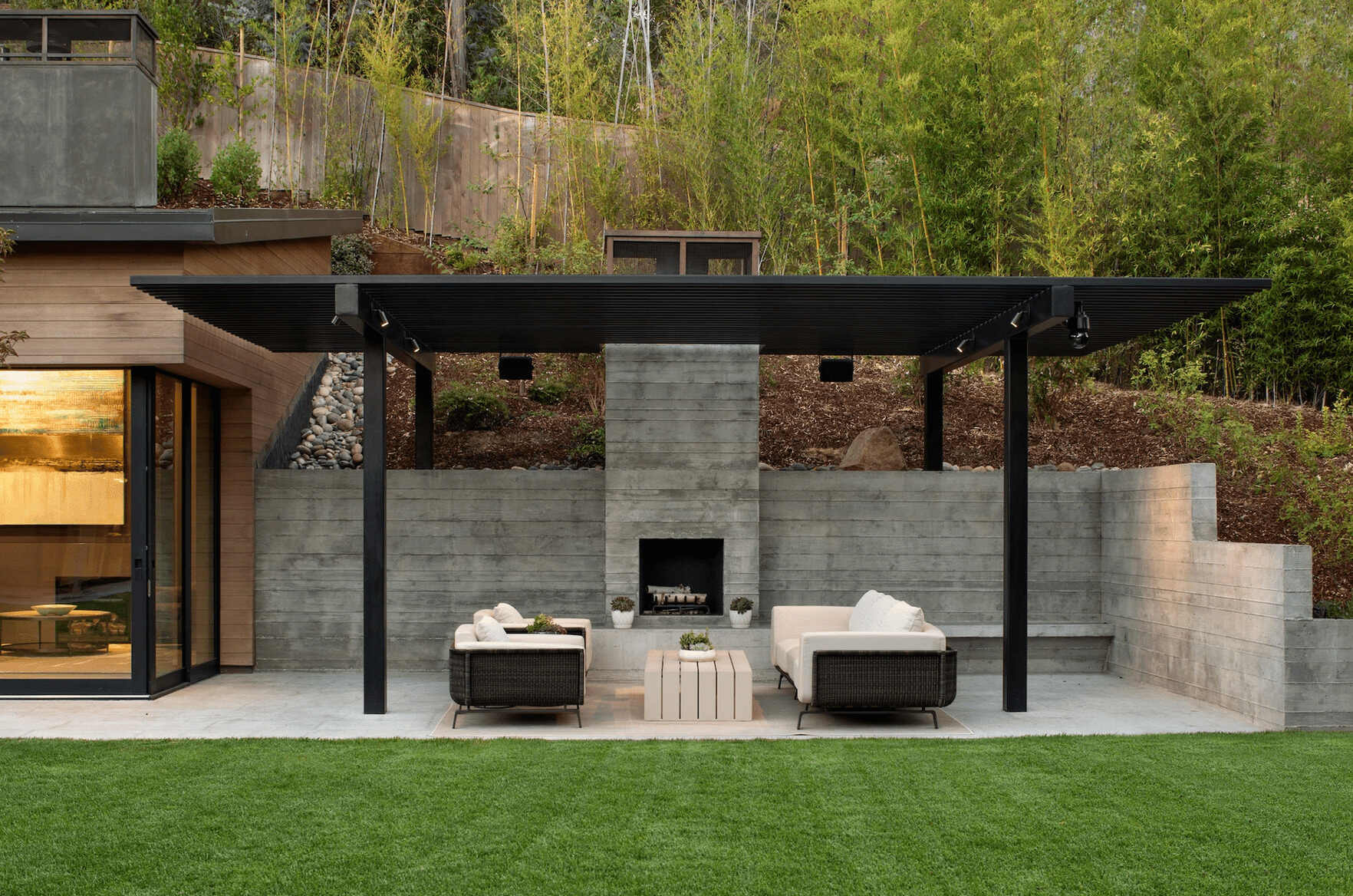
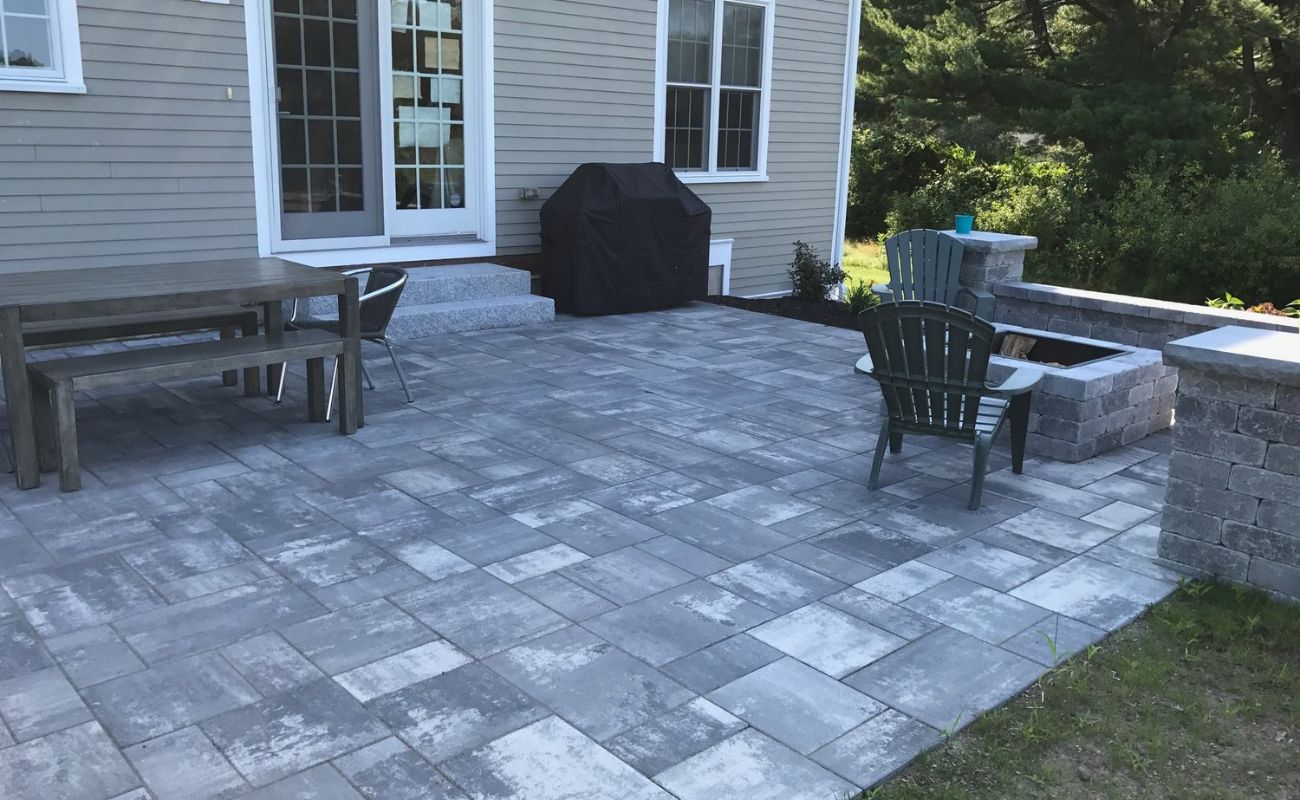
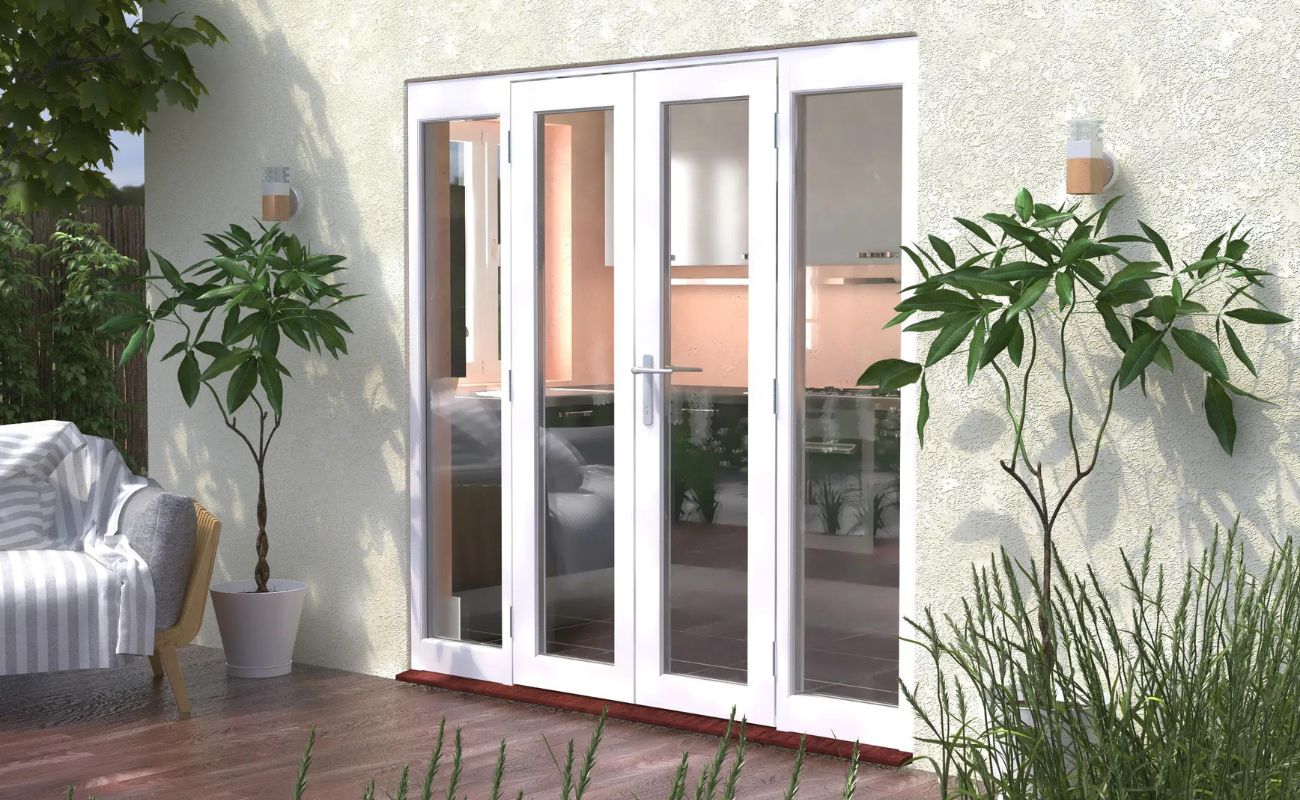
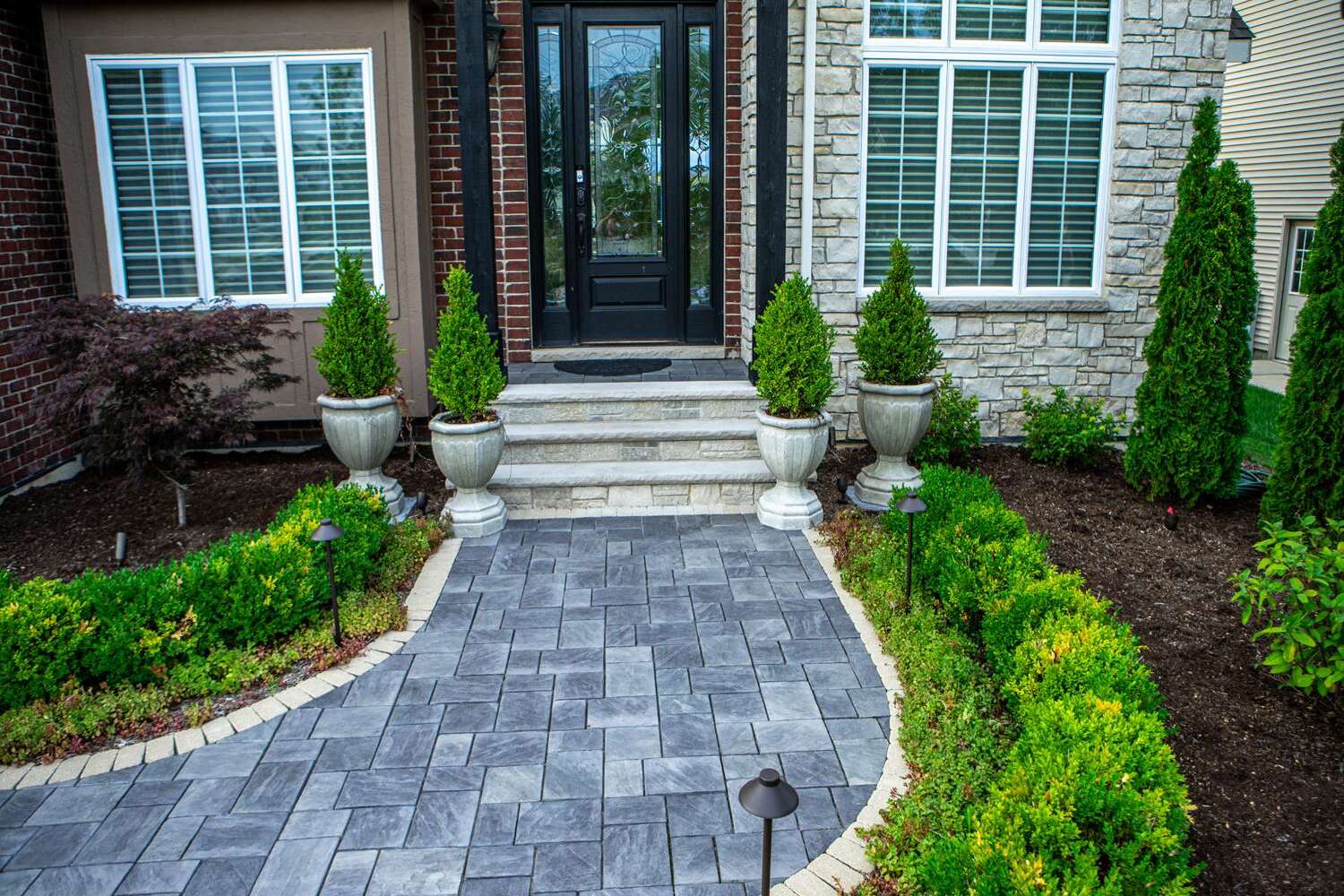
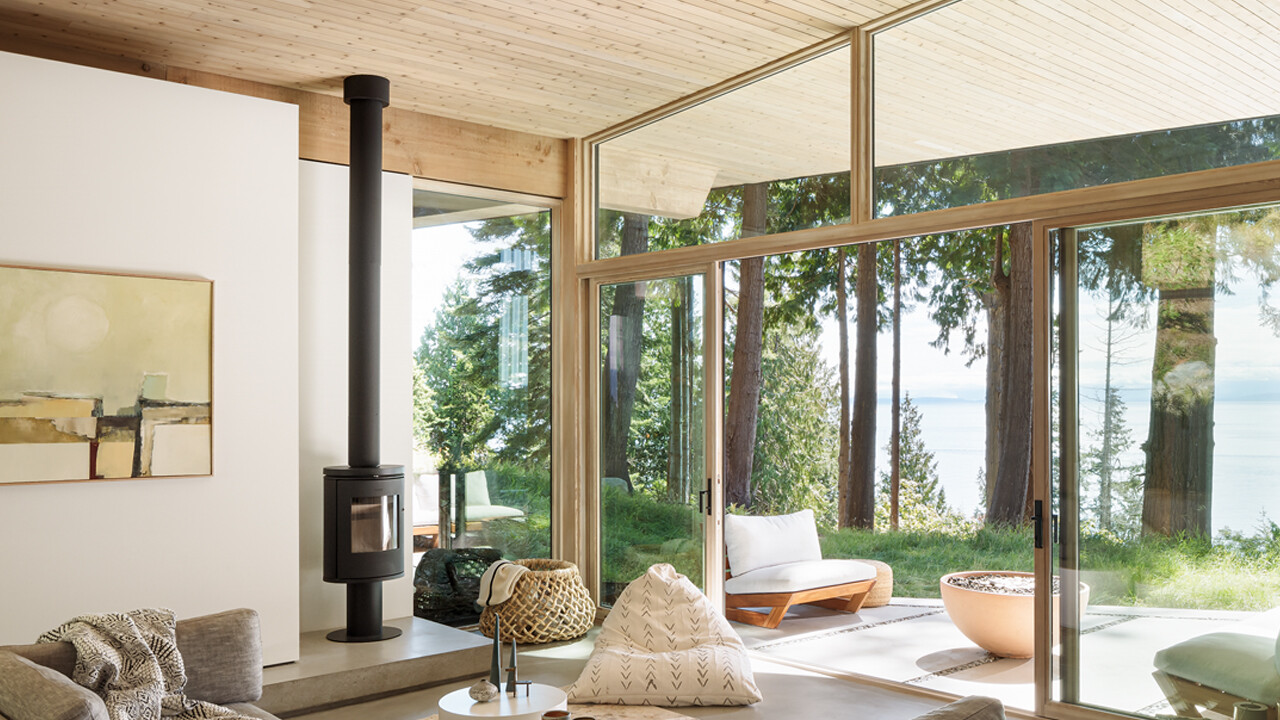
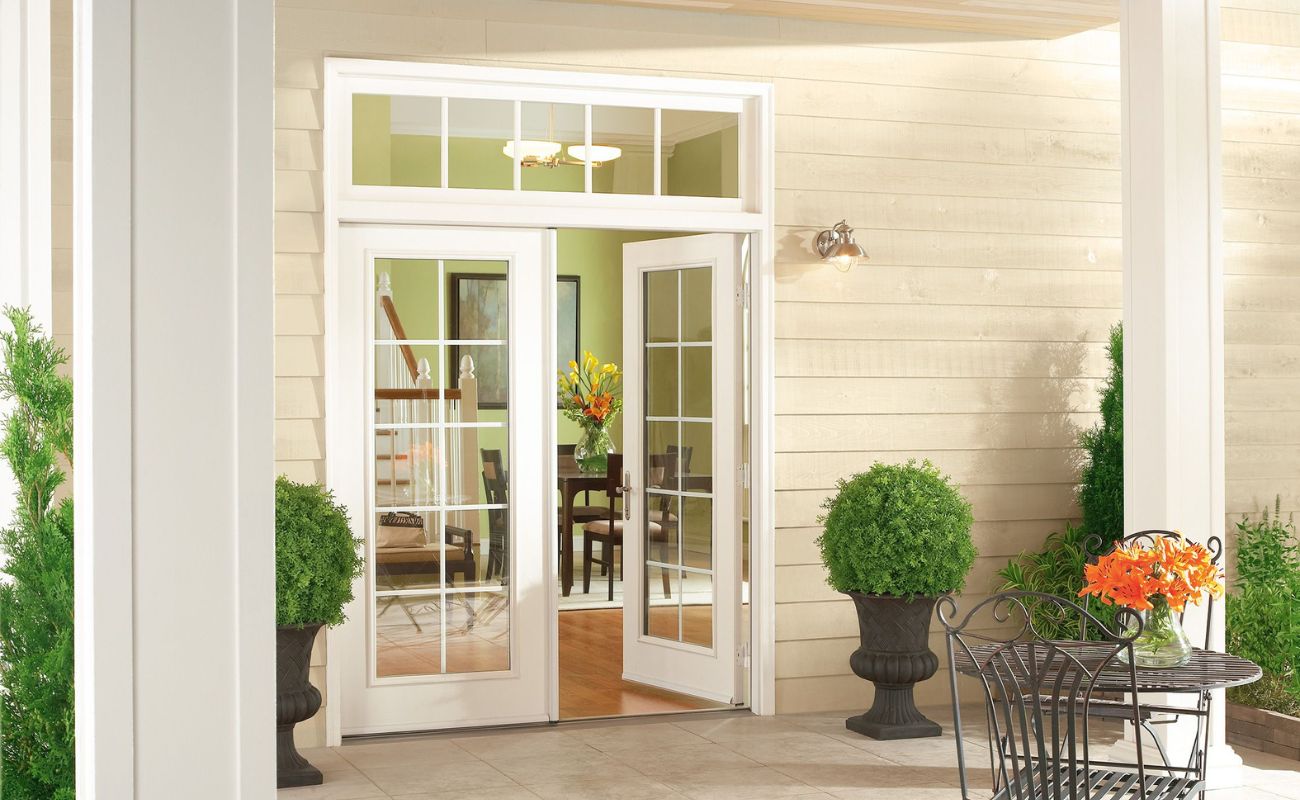
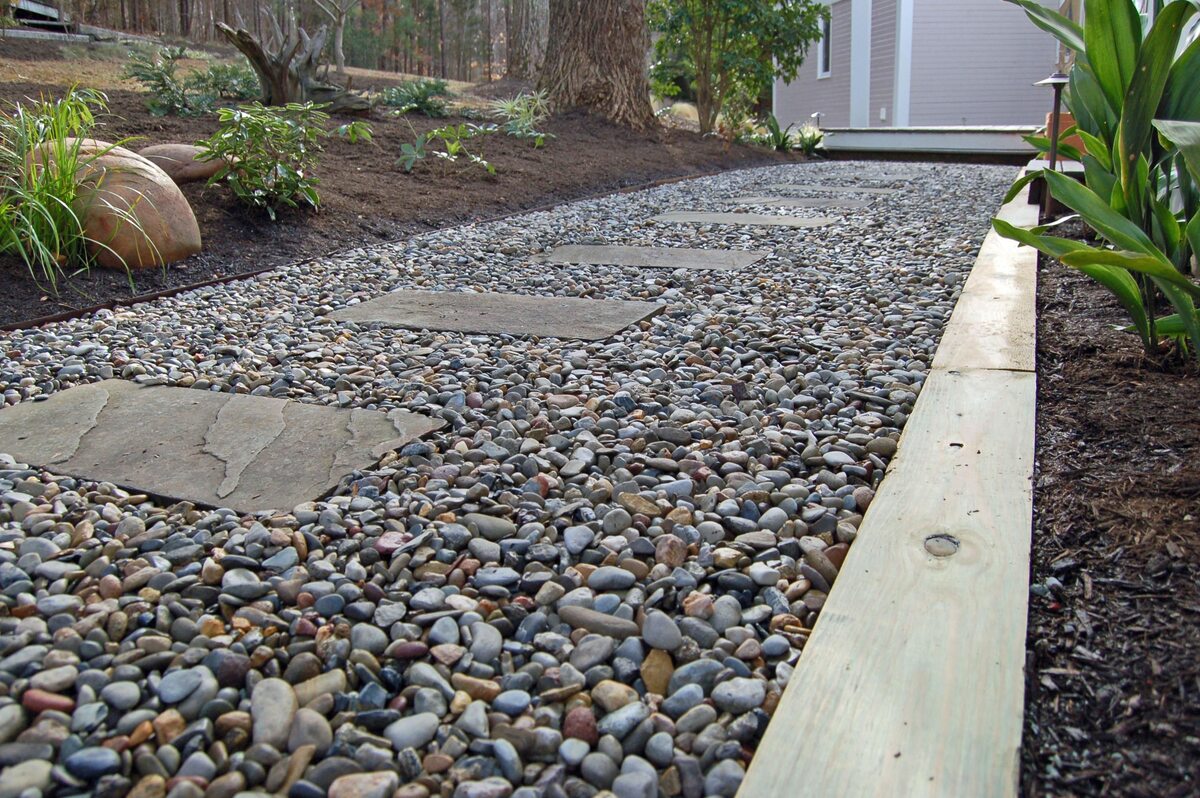
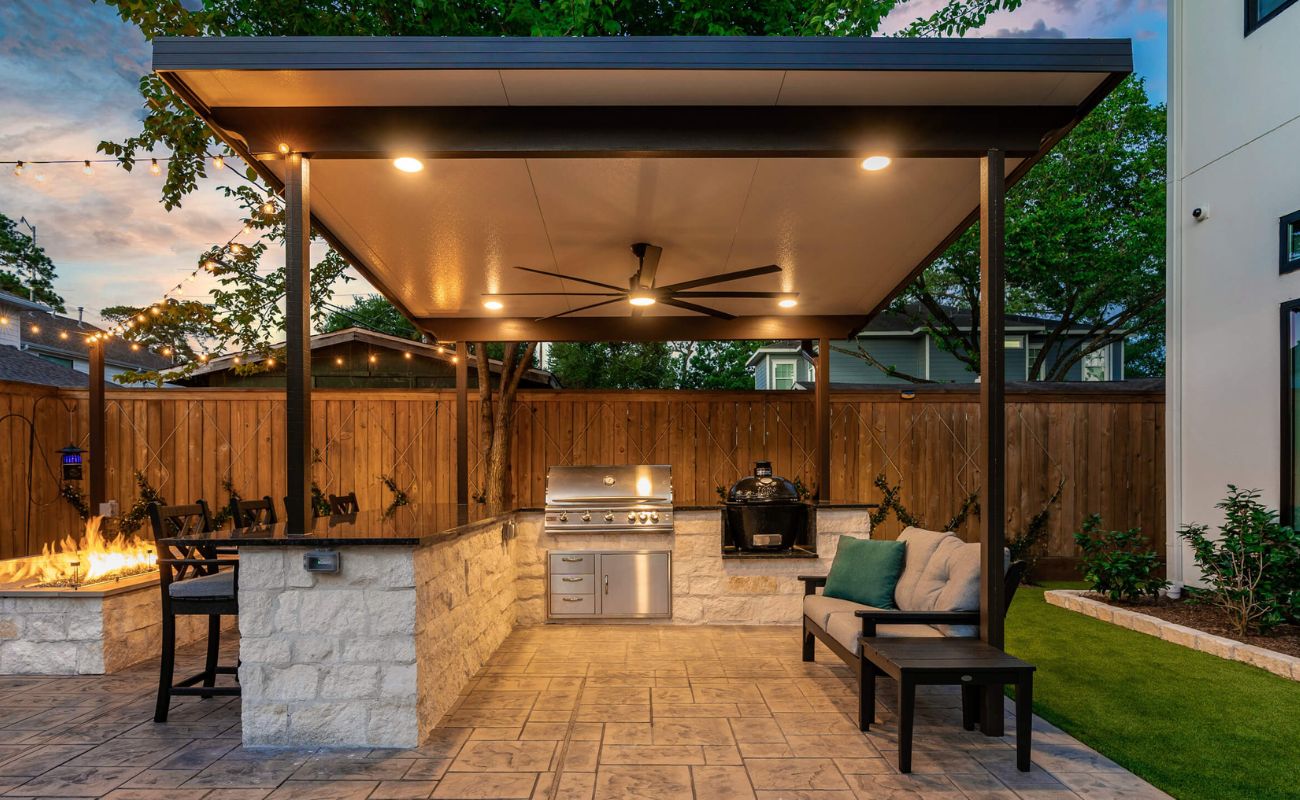
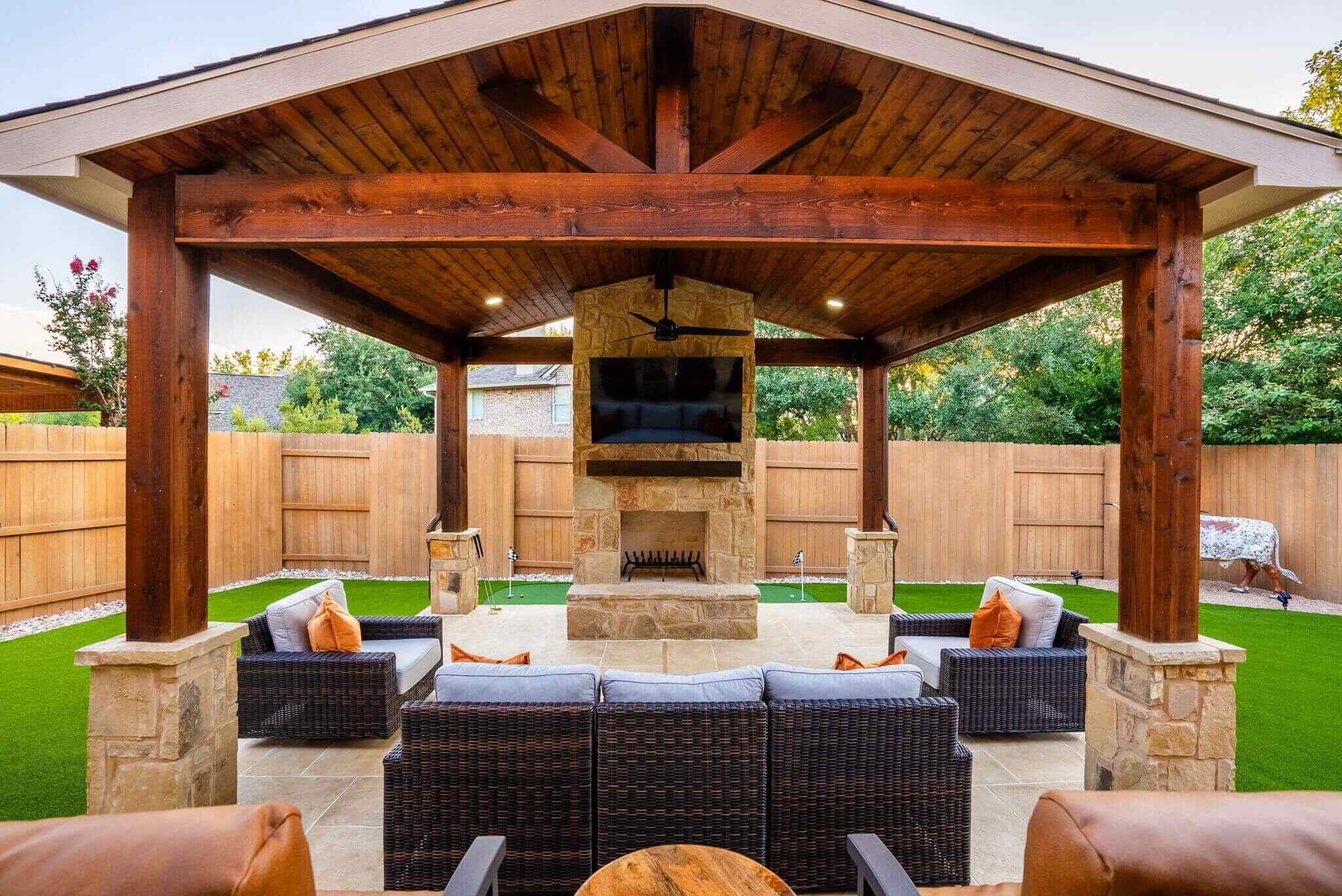

0 thoughts on “What Is A Flagstone Patio”